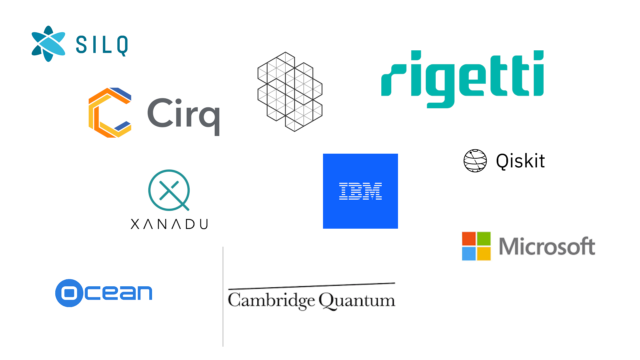Quantum Programming Languages: A Comprehensive Guide

Course Content
Introduction
-
Why Quantum Programming Matters
00:00 -
Overview of Quantum Computing Concepts
00:00 -
Evolution and Significance of Quantum Programming
00:00 -
Prerequisites for Understanding Quantum Programming
00:00